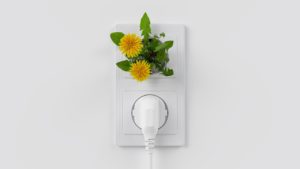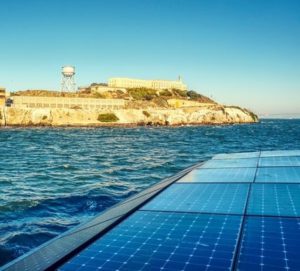Technology, even though some people do not want to admit it, has given us so much to be thankful for. We live in a time when we are able to watch and bet on sports without even being at the stadium or watch any movie we can think of any time we want. Not to mention the use of technology in hospitals or classrooms. There are even technologies that help us with going green.
So far, we know a few possible ways of going green in the energy department. Solar panels and farms, dams with turbines, and windmills are the most commonly mentioned pieces of technology associated with renewable sources. Well, there are plenty more where they came from. Here are 4 new clean energy technologies you’ll be hearing more about.
MetaVEH

As more and more people are trying to make their homes and some of their facilities smart, there is a recurring problem with the power supply. Remote smart devices and structures still rely on this form of storage, as do most of our electronics. The MetaVEH project is developing lead-free electromechanical energy harvesters. They are supposed to be easy to install and simple to use and will eliminate the need for batteries. Not only in smart devices, though. If the project proves successful, we could do away with batteries completely.
Molten Salt Reactors
Here’s the thing. I have not so far advocated the use of nuclear energy as a clean source and will not likely start any time soon. That being said, molten salt reactors supposedly reduce the need for the usual pollutants and there is a lower chance of radiation leaking out. I expect they’ll be in the price range of light-water reactors. While the concept and experiments are not new, as the idea came to be in the 50s, there may be some serious progress in recent years.
Marine Solar Power

You don’t connect the sea with solar power, but there may be some merit to it. Solar panels are hard to fit in many places, which is a big problem when you consider that you need a large number of them to make harnessing energy worth it. However, the oceans offer vast surfaces which are virtually open.
Now, before we deploy our panels across the seas, there are several hurdles that need to be addressed. First of all, with the marine life already battling garbage islands, they hardly need entire sections of water sealed off. Secondly, stabilizing the floating solar arrays to deal with storms and high waves may also require work and planning. It’s not over yet, however. There are already several instances of the floating arrays being used in freshwater and they seem to be rising in popularity.
Energy Storage
Energy harnessed from wind and sun needs to be spent almost immediately. If I’m not mistaken, the current limit of batteries is around 2 weeks. At least, that was the case up until recently. Tech giants are making strides towards creating the ultimate energy storage system that will not only be able to keep the energy stored for a longer time, but also be powerful enough to deal with the potential inconsistencies of power input. That means we will no longer have to worry about the wind that is too weak or too strong, or about bad weather when it comes to solar power.
